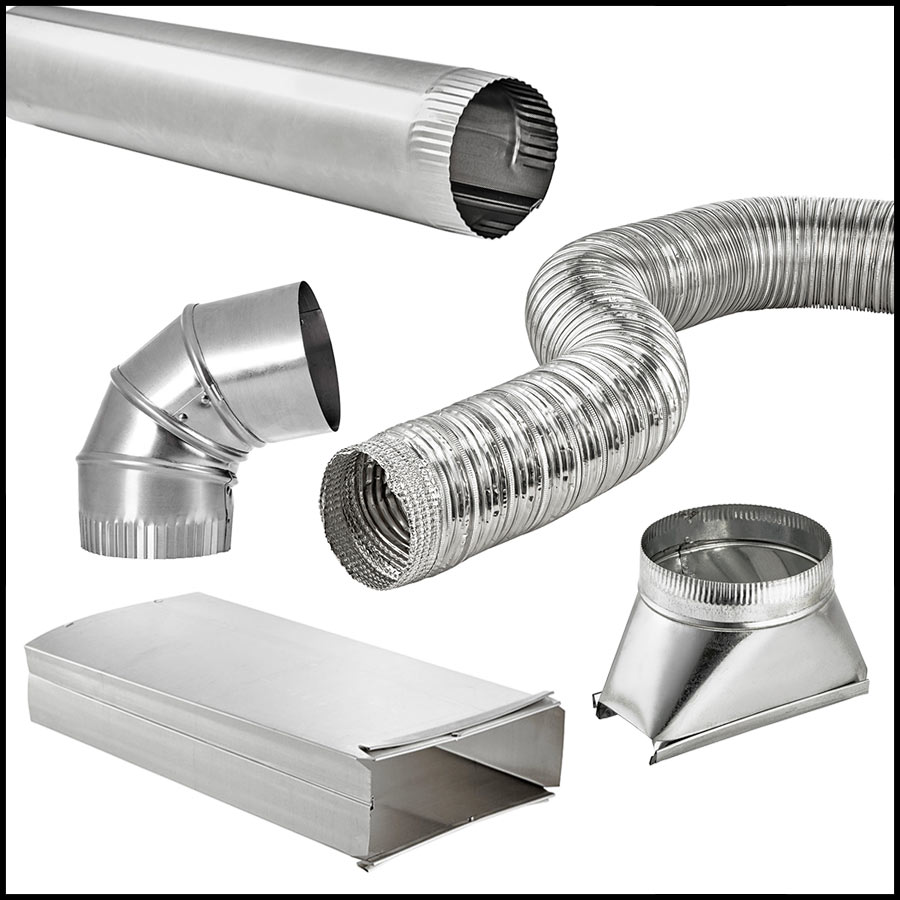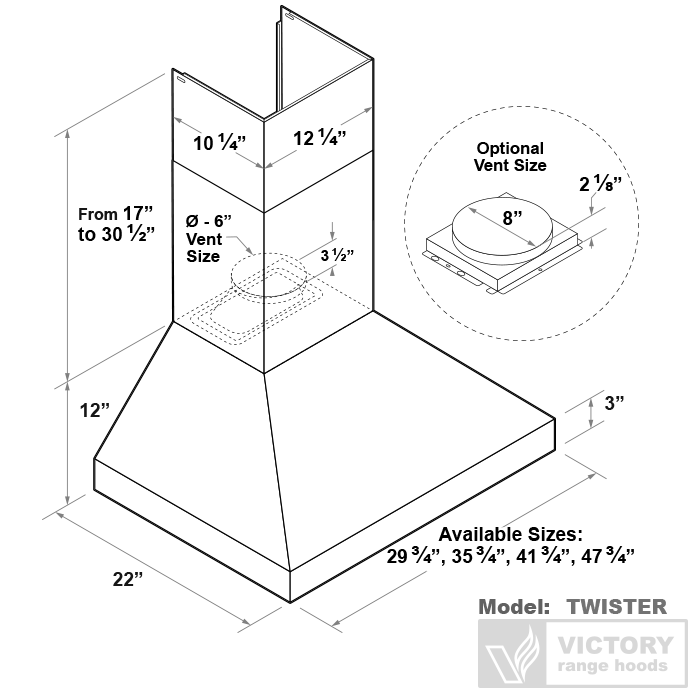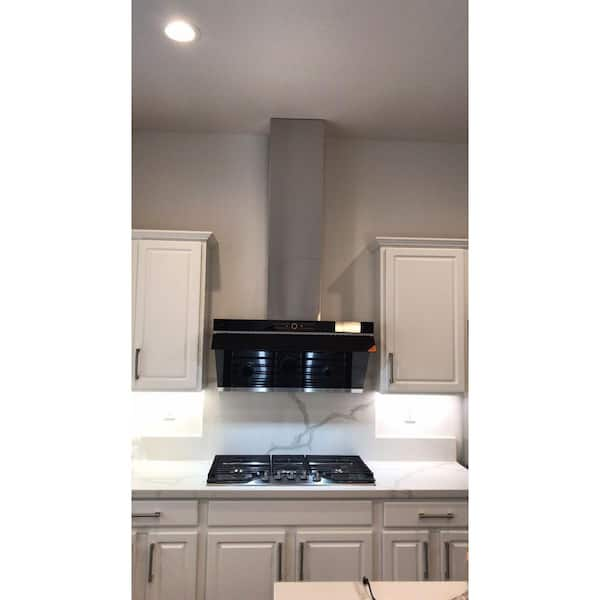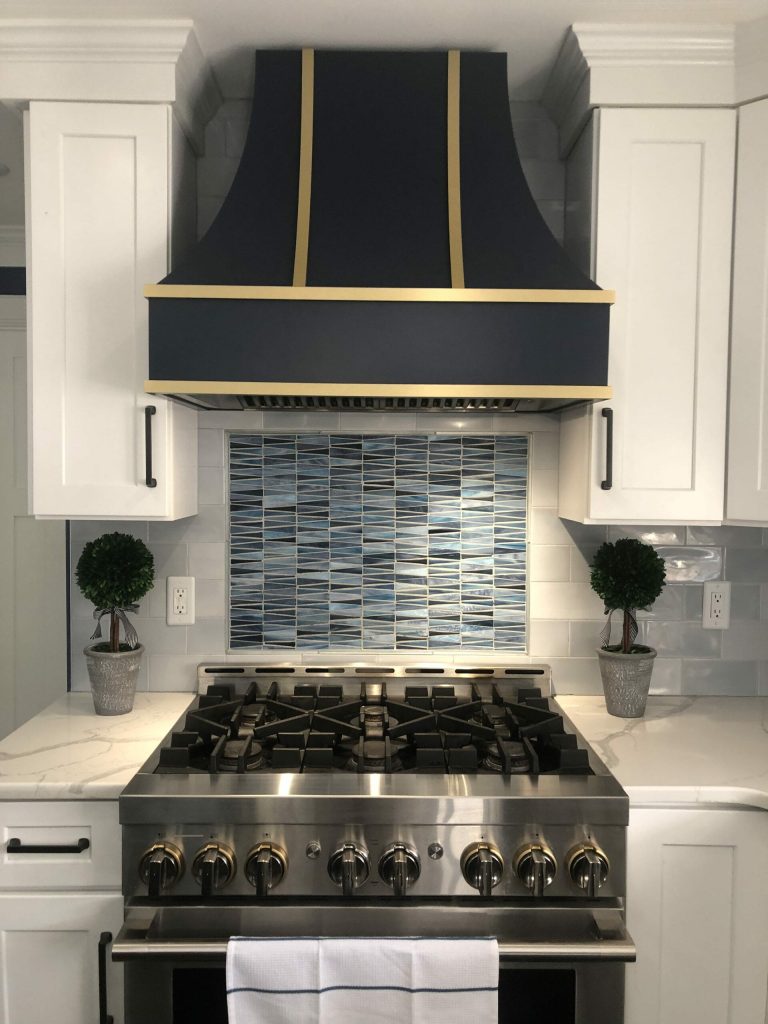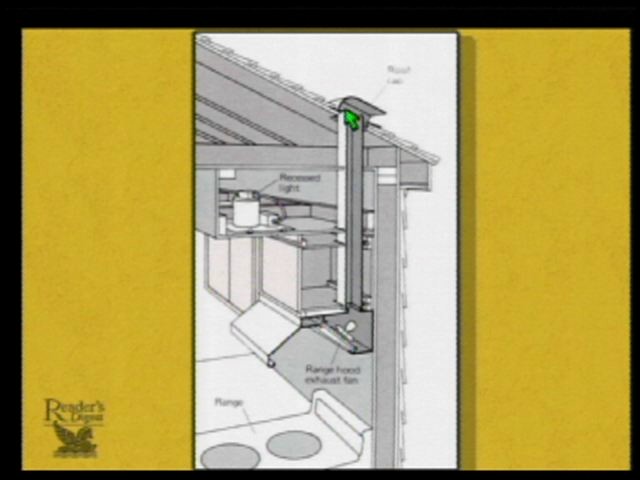Yes, you can use a 4-inch duct for a range hood, but it may limit airflow. Most experts recommend a larger duct for optimal performance.
Choosing the right duct size for your range hood is crucial for effective ventilation. A 4-inch duct can work for smaller hoods or spaces, but it often restricts airflow. This restriction can lead to inadequate smoke and odor removal, affecting your kitchen environment.
Larger ducts, typically 6 inches or more, are recommended for better performance. They allow for higher air movement, ensuring your cooking area stays fresh and clean. Understanding your range hood’s specifications and your kitchen’s layout helps in making the best choice for duct size, improving both efficiency and comfort in your cooking space.
Choosing The Right Duct Size For Your Range Hood
Proper ventilation is crucial for a range hood. It helps remove smoke, odors, and grease. A 4-inch duct may not always be suitable. It can limit air flow, affecting performance.
Several factors influence duct size selection. These include the length of the duct run and the type of range hood. The power of the hood also matters. More powerful hoods need larger ducts.
| Factor | Description |
|---|---|
| Length of Duct Run | Longer runs may require larger ducts for better airflow. |
| Type of Range Hood | Different hoods have different airflow requirements. |
| Power of Hood | More powerful hoods need larger ducts to work effectively. |
The Basics Of Range Hood Ventilation
Range hoods help to remove smoke, heat, and odors from your kitchen. They make cooking safer and more pleasant. A well-ventilated kitchen feels fresh and clean. Proper ducting is key for effective range hood performance.
There are different types of range hood ducting. These include rigid, semi-rigid, and flexible ducts. Rigid ducts are often the best choice. They provide better airflow and are easier to clean. Flexible ducts can be used in tight spaces but may reduce airflow.
| Type of Duct | Advantages | Disadvantages |
|---|---|---|
| Rigid Duct | Best airflow, easy to clean | Harder to install |
| Semi-Rigid Duct | Good balance of flexibility and airflow | More difficult to clean |
| Flexible Duct | Great for tight spaces | Can restrict airflow |
Pros And Cons Of 4 Inch Ducts
Using 4-inch ducts for a range hood has its advantages. Smaller ductwork can be easier to install. It often takes up less space, making it great for tight areas. These ducts can also be cheaper, saving money on materials.
There are limitations to consider. Smaller ducts may not handle high airflow needs. If a range hood is powerful, it might struggle with 4-inch ducts. This could lead to poor ventilation and cooking odors lingering in the kitchen.
Choosing the right size is essential for proper function. Always consider the specific needs of your range hood.

Credit: www.youtube.com
Manufacturer’s Recommendations
Many manufacturers suggest using standard duct sizes for range hoods. Common sizes include 6-inch, 7-inch, and 8-inch ducts. A 4-inch duct is smaller and may not handle large volumes of air. It is best for compact range hoods or small kitchens.
4-inch ducts can be suitable in certain situations. They work well for low-profile hoods that do not generate much air. If the hood has a lower CFM rating, a 4-inch duct can be effective. Always check the manufacturer’s guidelines for your specific hood.
Assessing Your Kitchen’s Venting Needs
Understanding your kitchen’s venting needs is crucial. The size of your range hood affects its performance. A 4-inch duct might limit airflow. Calculate the CFM (Cubic Feet per Minute) based on your stove type.
For example, gas stoves need higher CFM than electric ones. A larger kitchen requires more power. Measure your kitchen to find the right size. Ensure your ductwork matches the CFM requirements for effective ventilation.
| Stove Type | Recommended CFM |
|---|---|
| Gas Stove | 100 CFM for every 10,000 BTUs |
| Electric Stove | 100-300 CFM |
| Induction Cooktop | 300-600 CFM |
Installation Challenges With 4 Inch Ducts
Using a 4 inch duct for a range hood can lead to airflow problems. Smaller ducts may not support the air volume needed for effective ventilation. This can cause smoke and odors to linger in the kitchen.
Adapting to existing ventilation systems can be tricky. Many homes have larger ducts installed. Using a smaller duct may limit the efficiency of the range hood. It is important to check the duct size recommended by the manufacturer.
Consider the following potential issues with a 4 inch duct:
- Increased noise levels
- Higher energy costs
- Reduced suction power
Building Codes And Regulations
Local ventilation requirements vary by location. Always check local codes before installation. Some areas require larger ducts for efficient airflow. Using a 4-inch duct may not meet these standards.
Compliance with safety standards is crucial. Proper ventilation helps remove smoke and odors. It also reduces moisture buildup. This can prevent mold growth and other issues.
Consult with a professional to ensure your setup is safe. They can help you understand local requirements. Choosing the right duct size protects your home and family.
Alternatives To 4 Inch Ducting
Upgrading to larger ductwork can improve air flow. A 6-inch duct is often recommended for better performance. This size helps remove smoke and odors more effectively. It can also reduce noise from the range hood.
Many homeowners consider ductless range hood options. These models filter air and recirculate it back into the kitchen. They are easier to install and do not require ducting. This option is great for apartments or smaller spaces.
| Option | Benefits |
|---|---|
| 6-Inch Duct | Better air flow, reduced noise |
| Ductless Range Hood | No ducting required, easier installation |
Best Practices For Range Hood Venting
Regular maintenance for your range hood is very important. Clean the filters monthly to ensure proper airflow. Use warm, soapy water for cleaning. Check the ductwork for any clogs or damage. This prevents fires and keeps your kitchen safe.
Professional installation is key for best performance. Hire a licensed contractor for duct installation. They ensure everything meets local codes and safety standards. Proper installation helps your range hood work efficiently and keeps your home safe.

Credit: diy.stackexchange.com
Credit: basc.pnnl.gov
Frequently Asked Questions
Can I Use 4 Inch Duct For Range Hood?
Using a 4-inch duct for a range hood is generally not recommended. Most range hoods require at least a 6-inch duct for optimal airflow. A 4-inch duct may restrict airflow, reducing the hood’s efficiency and potentially causing ventilation issues. Always check the manufacturer’s specifications for the best results.
What Size Duct Is Best For A Range Hood?
The ideal duct size for a range hood is usually 6 inches or larger. This size ensures adequate airflow and ventilation. Larger ducts minimize noise and improve efficiency. Always refer to the installation guidelines provided by the range hood manufacturer for the most accurate recommendations.
Will A 4 Inch Duct Reduce Range Hood Performance?
Yes, a 4-inch duct can significantly reduce range hood performance. It may cause the hood to struggle with adequate air removal. This can lead to lingering odors and moisture in your kitchen. Always opt for the recommended duct size to maintain optimal functionality and efficiency.
How To Increase Duct Size For Range Hood?
To increase duct size for a range hood, replace the existing duct with a larger one. Ensure all connections are airtight to maintain airflow. You may also need to adjust the range hood’s venting options. Professional installation is advisable for optimal performance and compliance with building codes.
Conclusion
Choosing the right duct size for your range hood is crucial for effective ventilation. A 4-inch duct may work in some scenarios, but it often limits airflow. Consider your kitchen’s specific needs and consult with a professional. Ensuring proper duct size will enhance performance and improve your cooking environment.
